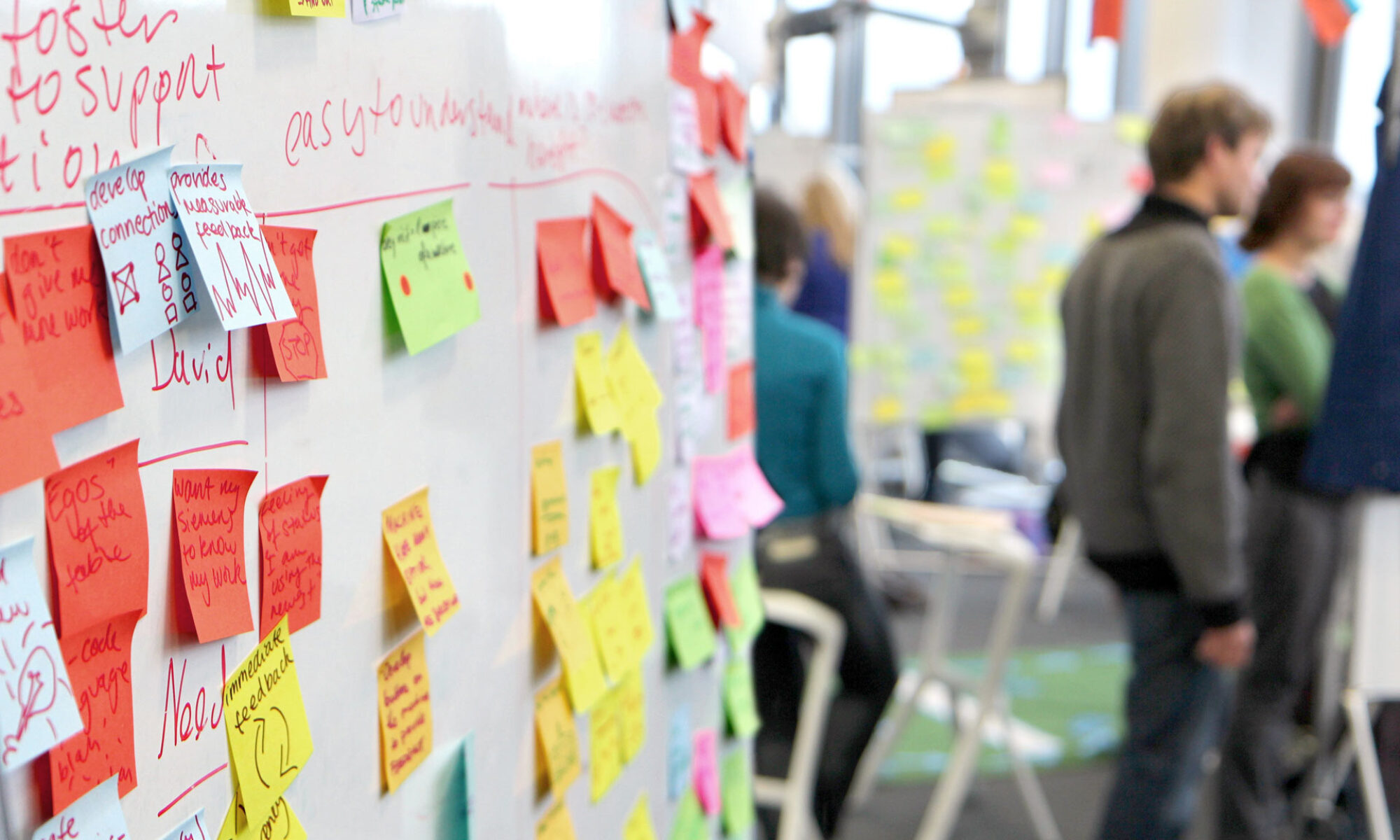The UX field is naturally focused on the user’s experience and that means that we sometimes identify conflicts between user needs and business needs. There was an anecdote floating around not too long ago that one of the Facebook redesigns improved the experience so much that people were able to get what they needed faster and spent less time on the site. Facebook is providing their product for free to its users, thus it makes all of it’s money off of advertising revenue. Therefore, people spending less time on the site translates directly into Facebook making less money. They quickly released another update that was “even better”, but looked a whole lot like the original newsfeed. I’m not a heavy Facebook user, so I couldn’t tell you if this was true from my personal experience and I have not seen any data–though I doubt they’re keen on releasing that.
As someone who cares passionately about the user’s experience, I really dislike when the business gets in the way of good product design. Most often, this happens when there is a specific behavior that the business must see (e.g. session duration or ad exposure for Facebook). The trick is to find the right way to present your value, so that when you do ask for the behavior, users are more than willing to comply.
How do we ask for the behavior without sacrificing the user experience?
The answer to that question is driven by these:
- What problem is this user trying to solve with the product?
- What behavior does the business need to see in order to make money?
- When have we sufficiently proven the product’s value through the experience to justify the ask ?
